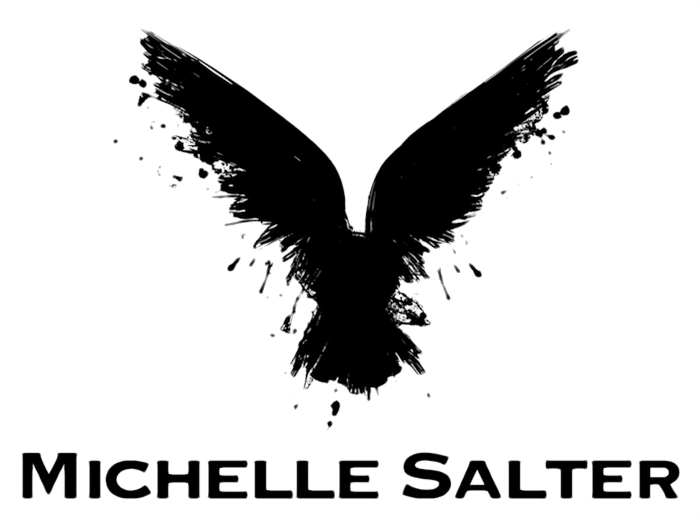Family memories of the Exeter Blitz of 1942
For me, the joy of reading (and writing) historical novels is that real events can be brought to life by fictional characters.
When it comes to war, numbers speak for themselves - the horrifying toll of casualties. But facts and figures are cold. War reporters know nothing packs more of a gut punch than a personal story – the experience of one person or a family and the impact that fighting has had on their lives.
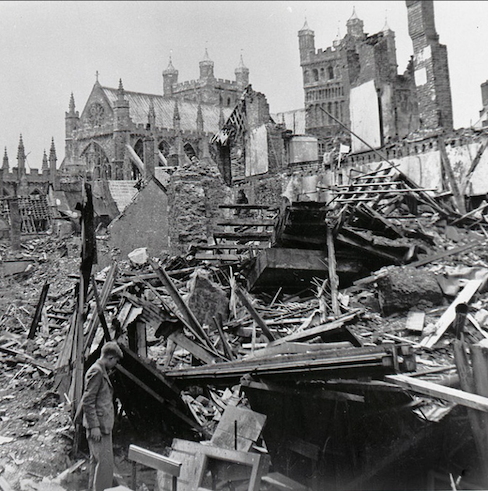
Exeter Blitz May 1942
I’m grateful to all those preservers of memories - writers of autobiographies and biographies, museums, libraries, newspaper archives, local history groups - that have enabled me to recreate authentic scenarios in my novels.
Last month, when my parents and I visited Higher Cemetery in Exeter to visit family graves, we were fortunate enough to stumble upon a World War II memorial event that held a personal connection to us.
To put it into context, let me share some family history. My grandfather and great-grandfather were train drivers and lived in the district around the cemetery, which was once home to a community of railway men and their families.
A Killing at Smugglers Cove, the fourth Iris Woodmore Mystery, is set in Dawlish and Exeter and features locations I've become very familiar with over the years.
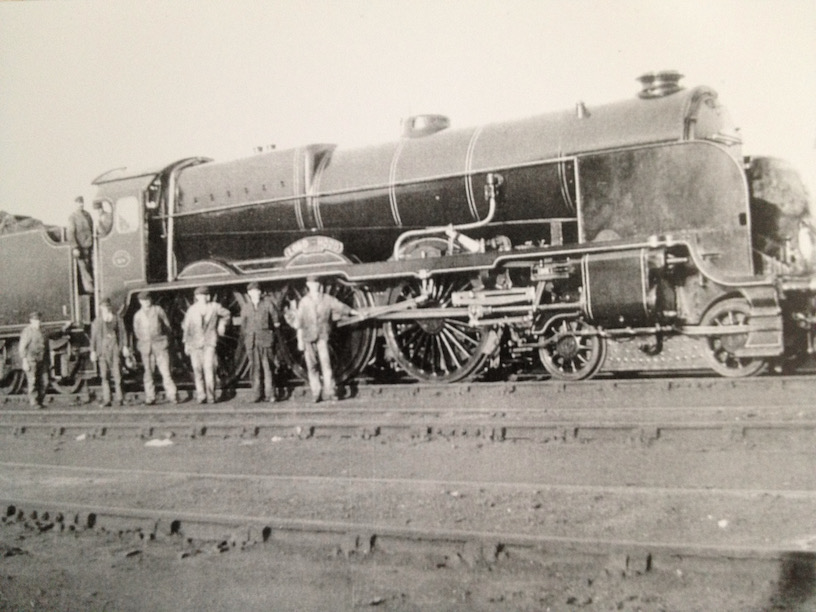
Exmouth Junction (I believe my great grandfather is in this photo)
A supermarket has been built on the spot where the Exmouth Junction engine shed once stood. The shed opened in 1887 and was the base for over 120 locomotives during its peak from 1930 to 1960. It closed in 1967, and today, there are no clues left on Prince Charles Road, Exeter to tell of its railway past. No sooty traces of the steam engines once housed there.
But a short walk around the corner, we were pleased to see that the allotments where my great-grandfather and his fellow railway workers grew their vegetables are still in use.
(You often see allotments by railway lines as railway companies owned long stretches of land not large enough for agricultural development but ideal for dividing into allotments. They allocated these parcels of land to their workers and encouraged them to grow fruit and vegetables.)
Drivers, porters, engineers, fitters, and cleaners made their homes close to the Exmouth Junction engine shed, where they started their working day. Nearby is Polsloe Bridge railway station, situated high on an embankment overlooking Pinhoe Road, Hamlin Lane and Monk's Road.
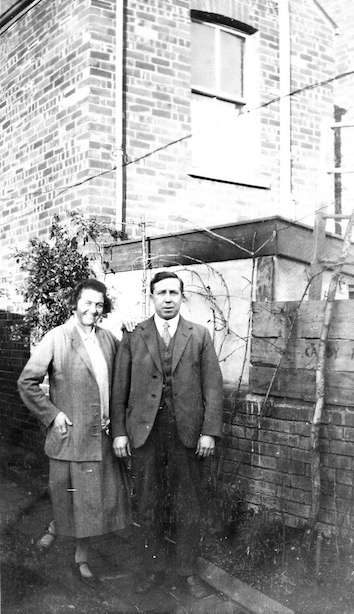
Albert and Ellen Salter, my great grandmother and great grandfather in their garden at Monk's Road
My great-grandfather, a driver for London and South West Railway, lived on Monk's Road. His house is still there today. He was lucky. On 4 May 1942, the Luftwaffe dropped 30 tonnes of high explosives, 10,000 incendiary bombs and three landmines during a bombardment of Exeter that lasted for 74 minutes.
Exeter-based 307 Polish Squadron sent up night-fighters in four Beaufighters, who shot down four of the 40 Junkers 88 bombers.
By the end of the raid, 100 separate fires raged in the city. According to official figures at the time, 163 people died and another 560 were injured.
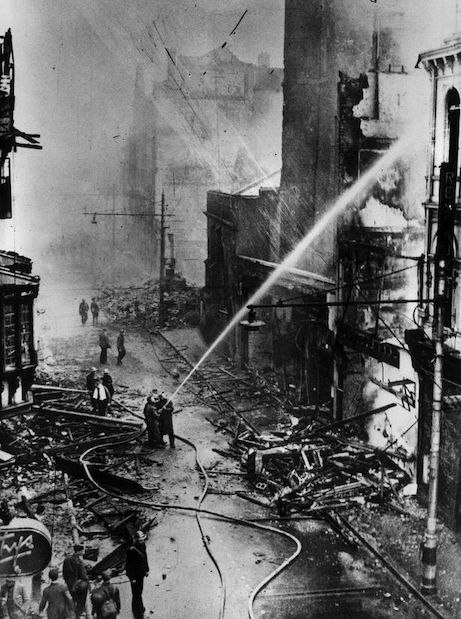
Exeter Blitz May 1942
Hitler ordered the raid in retaliation for the RAF bombing of the medieval city of Lubeck on Germany's Baltic coast in March of that year. A series of revenge attacks on British cathedral cities became known as the Baedeker Raids as it was thought the Nazis used Baedeker Tourist Guides to select suitable targets.
The following morning, German radio announced, “Exeter is the jewel of the west, and we have destroyed it”.
Several houses on Monk’s Road were demolished. Many of the air raid victims, including my great grandfather’s neighbours, were buried in nearby Higher Cemetery.

Baedeker Tourist Guide 1937
While my parents and I were wandering around the cemetery, we spotted a small poster on the noticeboard. That day, Sunday 8th May, the Friends of Higher Cemetery were holding a special event:
2.30pm at the Exeter Blitz civilian graves:
On 4th May 1942, over 160 people were killed by enemy action when German bombers attacked the city. On 8th May 1942, Civic and Church leaders attended funerals at the Higher Cemetery, where three rows of graves had been dug.
To mark the 80th anniversary of the mass burials of civilians killed in the bombings, we will tell the story of the Exeter Blitz and the stories of some of the victims.
The Lord Mayor of Exeter will be unveiling the new Blitz memorial metal frame, and the Devon & Dorset Regimental Association will be present.

Exeter Blitz memorial at Higher Cemetery
Of course, we had to stick around to attend the event. And we were glad we did. It was a beautiful memorial that told stories not only of the civilian victims of the Blitz but also of the German pilots involved.
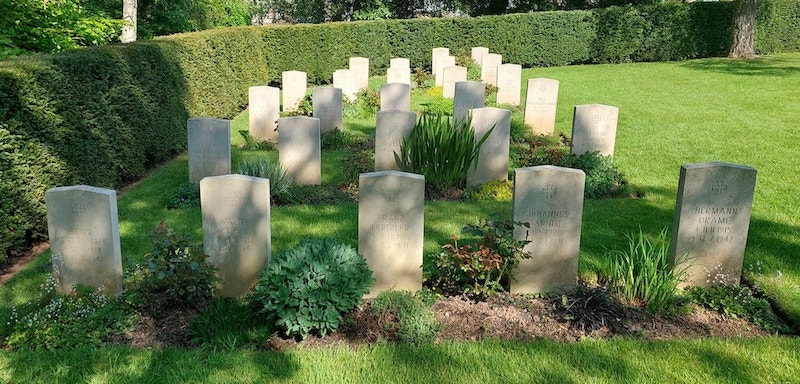
I had no idea that the cemetery’s Second World War plot contains 62 war graves of other nationalities, most of them German and Polish. A German pilot killed in the raids is buried there.
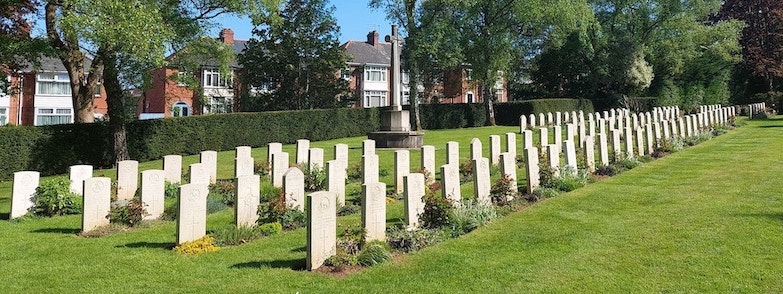
Higher Cemetery Second World War Plot
The Friends of Higher Cemetery did a superb job of piecing together the lives of a handful of those killed in the Exeter Blitz. By telling the stories of British civilian casualties and German and Polish airmen, they movingly illustrated the human tragedy of war for all those involved.
Eighty years isn't such a long time ago, but the war can feel like ancient history to a younger generation.
Historical novels may seem a poor substitute for the real thing – genuine historical archives – but fiction has a part to play in keeping the past alive.
As a historical fiction writer, you have the scope to explore the broader social scene of the day, the fashions, foods, leisure activities and art. As a reader, you can immerse yourself in a bygone era by experiencing it through the eyes of fictional characters.
Stepping into the past via the pages of a novel is an enjoyable way to learn more about history and perhaps gain a different perspective.
